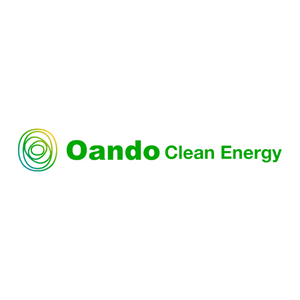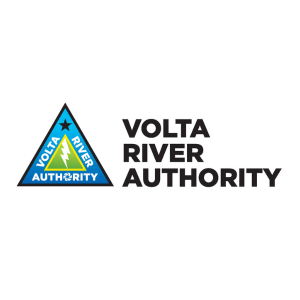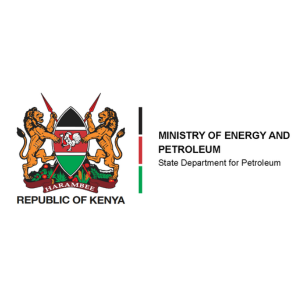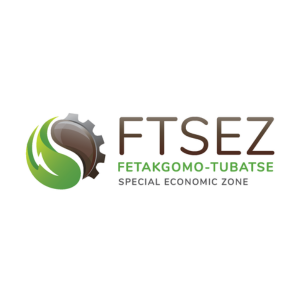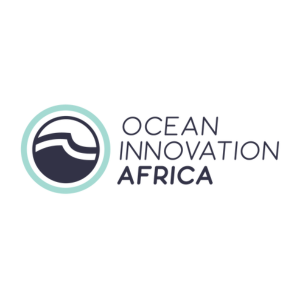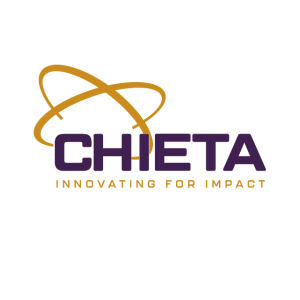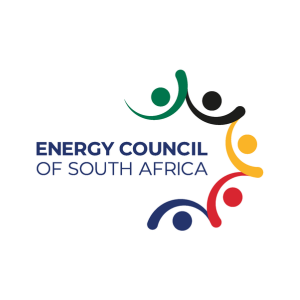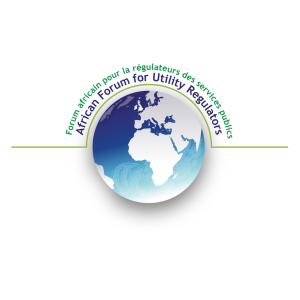Feb 22 | 2021
Interest in geothermal power has been renewed this month following investments from traditional energy majors.
Oil and gas companies utilising geothermal energy to power remote drilling rigs is not a new phenomenon – large geothermal players such as Ormat Technologies have been partnering with E&P companies for years. However, given the accelerated trajectory of the energy transition due to the pandemic, geothermal is now looking increasingly attractive as an investment opportunity for traditional majors in its own right as they look to diversify their energy projects and grow their renewables portfolios.
Geothermal energy is a clean and renewable energy derived from the heat produced by the slow decay of radioactive particles in the core of the earth. Reservoirs located deep underground can be detected through volcanoes and fumaroles, hot springs and geysers. The most active geothermal resources exist along major tectonic plate boundaries that incorporate maximum volcanic areas. Geothermal energy is predominantly used in three main applications: direct use and district heating systems; electricity generation power plants; and geothermal heat pumps. The limited burning of fuels and minimal emission of CO2 and other GHGs mean geothermal energy is increasingly favoured as a power solution.
One of the growing players in modern geothermal engineering is Eavor Technologies Inc. Based in the traditional Canadian oil patch of Calgary, Alberta, the company has recently completed a USD$40 million funding round. What is notable about this injection of capital is that it is coming from, among others, the venture investment arms of energy supermajors, BP Ventures and Chevron Technology Ventures.
Eavor’s technology, known as Eavor-Loop™, uses the natural heat of the earth like a giant rechargeable battery. Fluids are heated by the earth and circulated in a closed network of underground wellbores, unlocking a reliable and consistent energy source. Eavor’s technology differs from other forms of geothermal in that it is a scalable “go anywhere” solution, harvesting geothermal heat to generate dispatchable power with zero emissions. The dispatchable nature of its design also makes Eavor-Loop™ a form of energy storage and thus singularly complimentary to intermittent renewable power sources like wind and solar.
Felipe Arbelaez, BP’s SVP zero-carbon energy, said: “We see Eavor’s potential to be complementary to our growing wind and solar portfolios. Our expertise and experience also makes BP well equipped to support Eavor’s growth. Technology such as Eavor’s has the potential to deliver geothermal power and heat and help unlock a low-carbon future.”
John Redfern, President & CEO of Eavor Technologies, added: “I am delighted that with the funding closed in this round we can look forward to bringing down the cost of clean, dispatchable power to a universally competitive level – an important milestone for renewable energy. The involvement of companies such as BP and Chevron represents a fantastic endorsement of our technology, the progress we have made to date and the promise for its global scalability.”
One of the leading proponents of geothermal engineering and power in Africa is Kenya. In 2019, Kenya’s power installed capacity was 2,818.9 MW. Currently, the country’s energy mix comprises geothermal (29%), hydro (29%), wind (12%), solar and others (2%) and thermal (28%). Kenya sits among the top 10 in the world in terms of geothermal power production. Progressive and deliberate government policies and private sector investment have created a positive investment environment for geothermal on which the country is looking to capitalise.
Speaking recently at a contract signing ceremony in Djibouti involving Kenya’s leading geothermal player, KenGen, Kenya’s Energy Cabinet Secretary, Hon. Charles Keter remarked, “The biggest challenge has remained access [to electricity] in remote areas, and in Sub-Saharan Africa with 573 million people not having access to this important commodity. Although energy access policies have continued to bear fruit, we have seen the Coronavirus pandemic reverse the gains. We can only remain optimistic that things will change in 2021”. He added, “To date, we have drilled more than 300 wells within the Olkaria field, which is the bedrock of Kenya’s geothermal energy production. As a country, we have a geothermal energy potential of 10,000MW along the Rift Valley with the resource being harnessed in 23 sites”.
KenGen has a geothermal installed capacity of 706 MW and is the leading geothermal power producer on the African continent. In recent years it has embarked on a diversification strategy which leverages its expertise in geothermal energy by offering commercial drilling services, geothermal consulting and other energy-related services across Africa. KenGen’s Managing Director & CEO, Mrs. Rebecca Miano, notes the company’s strategic plan is to harness opportunities geared towards driving growth beyond Kenya. “It is therefore our desire that in the next couple of years, we shall have considerable presence in countries within the continent. It is also worth noting that we are not only keen on increasing our presence in Africa, but also enhancing energy capacities across the region,” she adds.
This is the third geothermal drilling contract that KenGen has won in Africa. In October 2019, the company secured a Ksh 5.8 billion contract to drill 12 geothermal wells in Ethiopia. The contract with an Independent Power Producer includes installing a water supply system and equipment.
In February 2019, KenGen won another contract for consultancy services and drilling geothermal wells. The contract is worth US$76.8 million (approx. Kshs 7.6 billion). It has also developed partnerships with countries such as Ethiopia and Rwanda in renewable energy development.
Are you keenly watching developments in Africa’s geothermal energy sector? Sign-up to receive industry updates from Green Energy Africa Summit.
Geothermal energy is a clean and renewable energy derived from the heat produced by the slow decay of radioactive particles in the core of the earth. Reservoirs located deep underground can be detected through volcanoes and fumaroles, hot springs and geysers. The most active geothermal resources exist along major tectonic plate boundaries that incorporate maximum volcanic areas. Geothermal energy is predominantly used in three main applications: direct use and district heating systems; electricity generation power plants; and geothermal heat pumps. The limited burning of fuels and minimal emission of CO2 and other GHGs mean geothermal energy is increasingly favoured as a power solution.
One of the growing players in modern geothermal engineering is Eavor Technologies Inc. Based in the traditional Canadian oil patch of Calgary, Alberta, the company has recently completed a USD$40 million funding round. What is notable about this injection of capital is that it is coming from, among others, the venture investment arms of energy supermajors, BP Ventures and Chevron Technology Ventures.
Eavor’s technology, known as Eavor-Loop™, uses the natural heat of the earth like a giant rechargeable battery. Fluids are heated by the earth and circulated in a closed network of underground wellbores, unlocking a reliable and consistent energy source. Eavor’s technology differs from other forms of geothermal in that it is a scalable “go anywhere” solution, harvesting geothermal heat to generate dispatchable power with zero emissions. The dispatchable nature of its design also makes Eavor-Loop™ a form of energy storage and thus singularly complimentary to intermittent renewable power sources like wind and solar.
Felipe Arbelaez, BP’s SVP zero-carbon energy, said: “We see Eavor’s potential to be complementary to our growing wind and solar portfolios. Our expertise and experience also makes BP well equipped to support Eavor’s growth. Technology such as Eavor’s has the potential to deliver geothermal power and heat and help unlock a low-carbon future.”
John Redfern, President & CEO of Eavor Technologies, added: “I am delighted that with the funding closed in this round we can look forward to bringing down the cost of clean, dispatchable power to a universally competitive level – an important milestone for renewable energy. The involvement of companies such as BP and Chevron represents a fantastic endorsement of our technology, the progress we have made to date and the promise for its global scalability.”
One of the leading proponents of geothermal engineering and power in Africa is Kenya. In 2019, Kenya’s power installed capacity was 2,818.9 MW. Currently, the country’s energy mix comprises geothermal (29%), hydro (29%), wind (12%), solar and others (2%) and thermal (28%). Kenya sits among the top 10 in the world in terms of geothermal power production. Progressive and deliberate government policies and private sector investment have created a positive investment environment for geothermal on which the country is looking to capitalise.
Speaking recently at a contract signing ceremony in Djibouti involving Kenya’s leading geothermal player, KenGen, Kenya’s Energy Cabinet Secretary, Hon. Charles Keter remarked, “The biggest challenge has remained access [to electricity] in remote areas, and in Sub-Saharan Africa with 573 million people not having access to this important commodity. Although energy access policies have continued to bear fruit, we have seen the Coronavirus pandemic reverse the gains. We can only remain optimistic that things will change in 2021”. He added, “To date, we have drilled more than 300 wells within the Olkaria field, which is the bedrock of Kenya’s geothermal energy production. As a country, we have a geothermal energy potential of 10,000MW along the Rift Valley with the resource being harnessed in 23 sites”.
KenGen has a geothermal installed capacity of 706 MW and is the leading geothermal power producer on the African continent. In recent years it has embarked on a diversification strategy which leverages its expertise in geothermal energy by offering commercial drilling services, geothermal consulting and other energy-related services across Africa. KenGen’s Managing Director & CEO, Mrs. Rebecca Miano, notes the company’s strategic plan is to harness opportunities geared towards driving growth beyond Kenya. “It is therefore our desire that in the next couple of years, we shall have considerable presence in countries within the continent. It is also worth noting that we are not only keen on increasing our presence in Africa, but also enhancing energy capacities across the region,” she adds.
This is the third geothermal drilling contract that KenGen has won in Africa. In October 2019, the company secured a Ksh 5.8 billion contract to drill 12 geothermal wells in Ethiopia. The contract with an Independent Power Producer includes installing a water supply system and equipment.
In February 2019, KenGen won another contract for consultancy services and drilling geothermal wells. The contract is worth US$76.8 million (approx. Kshs 7.6 billion). It has also developed partnerships with countries such as Ethiopia and Rwanda in renewable energy development.
Are you keenly watching developments in Africa’s geothermal energy sector? Sign-up to receive industry updates from Green Energy Africa Summit.

